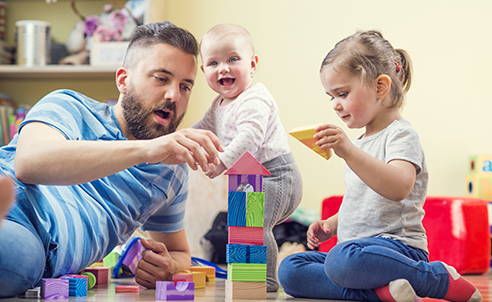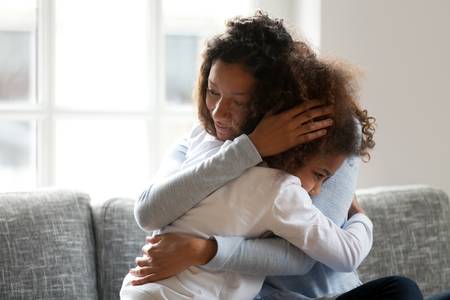Make a Plan
Your family may not be together if a disaster strikes, so it is important to know which types of disasters could affect your area. Know how you’ll contact one another and reconnect if separated. Establish a family meeting place that’s familiar and easy to find. And, don’t forget to think about specific needs in your family. Your family’s needs change over time, so update your plan regularly.

Who Will We Contact?
Pick the same person for each family member to contact. Pick someone out of town—they may be easier to reach in a disaster.
Text, don’t talk. In an emergency, phone lines may be tied up. It may be easier to text and this leaves phone lines open for emergency workers.

Where Will We Meet?
Decide on safe, familiar, accessible places where your family can go for protection or to reunite. If you have pets or service animals, think about animal-friendly locations. Consider places in your house, in your neighborhood, and outside of your city or town so you’re prepared for any situation.

Practice, Practice, Practice!
On your own list or using the resources below, write down your contacts and plans. Make sure everyone in the family has copies and keeps them in a safe space, like in a backpack, wallet, or taped in a notebook. Put them in your cell phone if you have one. Hold regular household meetings to review and practice your plan.
Helping Children Cope
Disasters can leave children and teens feeling frightened, confused and insecure. Their responses can be quite varied. It’s important to not only recognize these reactions, but also help children cope with their emotions.

Encourage dialogue and answer questions
Listen to your kids. Ask them about their feelings and validate their concerns. When they ask questions, give just the amount of information you feel your child needs.

Limit media exposure
Intense media coverage of disasters can frighten young children and disturb teenagers as well. If your children watch TV or use the internet, try to be available to talk with them and answer questions.

Make time for them and find support
Help kids understand that they are safe and secure by talking, playing, and doing other family activities with them. Build support networks with friends, family, and community organizations to help you cope, which can also help your children cope.

Keep to a routine
Help your children feel as if they still have a sense of structure, which can make them feel more relaxed. When schools and childcare open again, help children return to normal activities like going to class, sports, and play groups.

Risk Factors
For many kids, reactions to disasters are short-term. But some children can be at risk for more long-term psychological distress. Three risk factors for this longer-lasting response are:
- Direct exposure to the disaster such as being evacuated, observing injuries of others, or experiencing injury.
- Loss/grief relating to the death or serious injury of family or friends.
- Ongoing stress from secondary effects, such as temporary housing, loss of social networks, loss of personal property, or parent’s unemployment.
